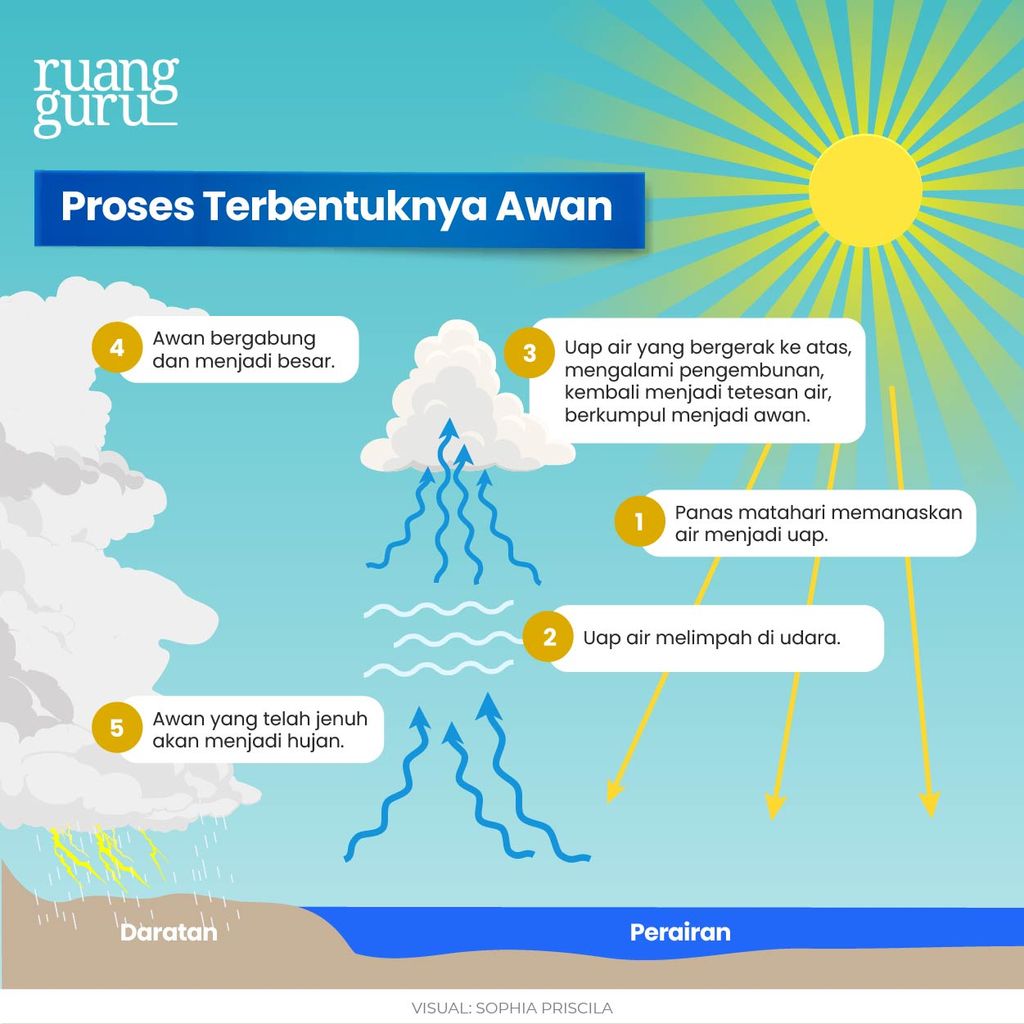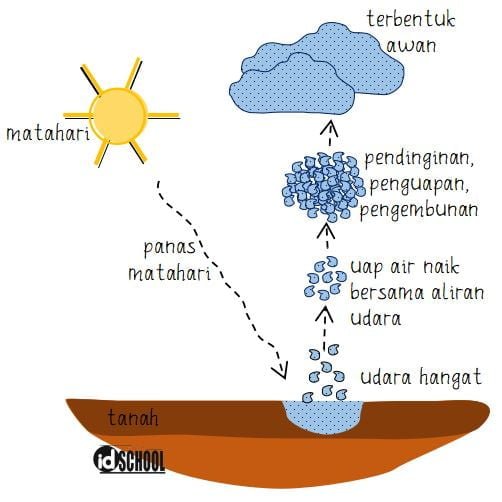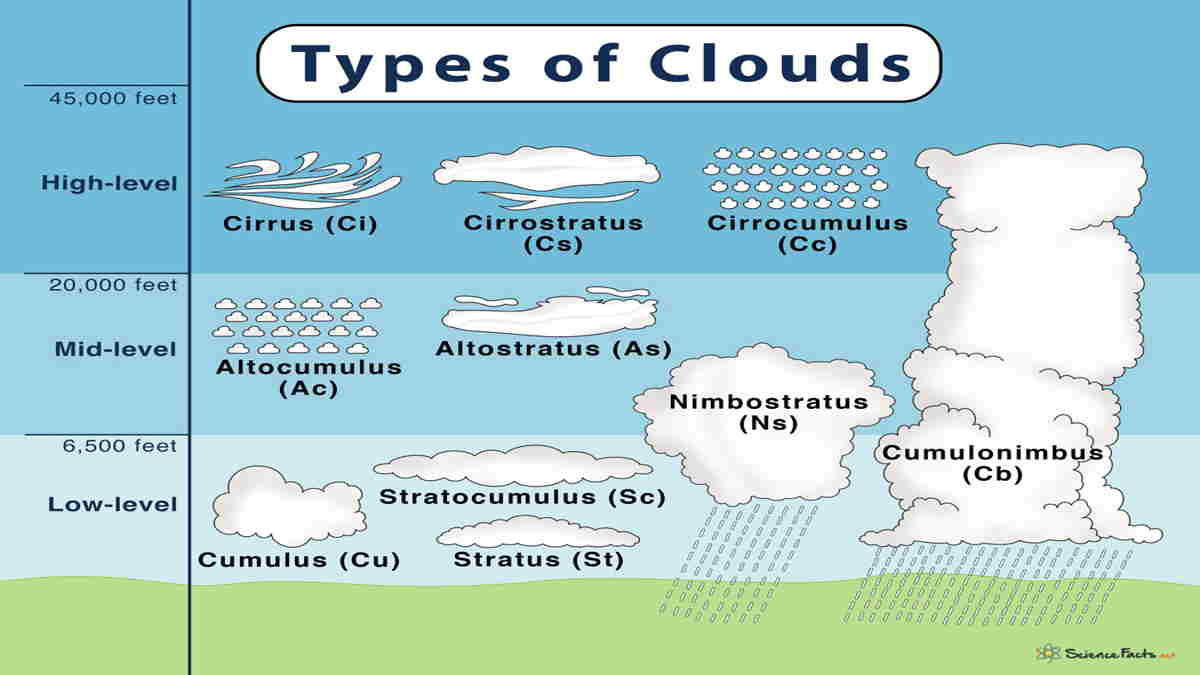Unveiling Akan Awan: Culture, History, And The Wonders Of Clouds
What if a simple phrase held the key to unlocking a universe of cultural understanding and historical depth? "Akan awan" is more than just a collection of words; it's a portal to the rich tapestry of Akan culture, heritage, and the enduring legacy of a people.
The phrase, though seemingly simple, acts as a starting point for an exploration into a world that is both ancient and vibrantly alive. The Akan people, primarily found in Ghana and the Ivory Coast, possess a cultural heritage that is deeply rooted in tradition, spirituality, and a profound sense of community. Their stories, customs, and beliefs offer a fascinating lens through which to examine the intricacies of human experience. Akan awan, by its very nature, invites us to journey into these depths.
Central to any understanding of the Akan experience is their unique approach to naming traditions. These aren't merely labels; they are a reflection of identity, history, and the interconnectedness of generations. Names often carry profound meanings, conveying information about a person's character, birth circumstances, or family lineage. This practice underscores the Akan emphasis on individuality while simultaneously reinforcing the ties that bind people to their ancestors and to their cultural heritage. The very act of naming becomes a celebration of life and a preservation of cultural memory.
The exploration of Akan culture necessitates a deep dive into their traditional beliefs and practices, often referred to as "Akom." This system of spirituality is an integral part of daily life, influencing everything from social interactions to artistic expression. Akom encompasses a diverse range of deities, spirits, and rituals, all designed to maintain harmony within the community and with the natural world. Though influenced by the spread of Christianity in the early 20th century, the Akon religion remains vital. Many Akan people blend their traditional beliefs with Christian practices, creating a unique blend of spirituality that reflects the adaptability and resilience of their culture.
Exploring the Akan world inevitably leads to a geographical and historical understanding. The exploration should cover places like Bono Manso, which is a historically significant settlement, as well as the broader Bono region, which is home to a thriving Akan population. The history of the Bono people, and the associated Brong History, is a rich tapestry of kingdoms, alliances, and conflicts. This history, interwoven with stories of kings, chiefs, and everyday people, speaks to the resilience and the adaptability of the Akan people in the face of change.
A deep look into the Akan cultural landscape reveals rich artistry and the use of symbols that carry layers of meaning. Traditional Akan art forms, from intricately carved stools and ceremonial objects to the vibrant designs found in Kente cloth, serve not only as aesthetic expressions but also as vehicles for storytelling and the transmission of cultural values. Symbols, embedded within these art forms, convey complex ideas, proverbs, and historical narratives, connecting the present with the past and ensuring that cultural knowledge is preserved for future generations.
Let's delve into the science behind the clouds. The formation of clouds, a natural phenomenon, is governed by a few simple principles. Clouds arise when water vapor in the atmosphere condenses. This happens when the air cools down. The cool air cannot hold as much water vapor as warm air. Eventually, the air becomes saturated, and the excess water vapor condenses, forming tiny water droplets or ice crystals. These tiny droplets or crystals, suspended in the air, are what we see as clouds. These clouds can be composed of water droplets, ice crystals, or a mixture of both.
There are various types of clouds, each with its unique characteristics and the height at which they form. Cirrus clouds, high-altitude clouds, which are thin and wispy, resemble strands of hair or feathers. They indicate a fair weather. Altocumulus clouds, located in the middle atmosphere, appear as sheets or patches with rounded masses or rolls. The formation of these clouds often signals the possibility of a storm later in the day. Low-lying clouds, such as Stratocumulus, form in layers and can sometimes bring light showers. Cumulonimbus clouds, the towering thunderheads, can generate heavy rain, lightning, thunder, and even hail. They are a clear sign of a storm.
When warm air meets cold air, the warmer air rises over the colder air, creating a frontal system. This process cools the warm air, leading to condensation and cloud formation. The resulting clouds often appear in horizontal layers. This is the principle behind the formation of many layered clouds like stratus and nimbostratus. The latter is known for bringing extended periods of rain or snow.
Clouds can also be categorized by their altitude. High clouds, typically above 6,000 meters, include cirrus, cirrocumulus, and cirrostratus clouds. Middle clouds, between 2,000 and 6,000 meters, comprise altocumulus and altostratus clouds. Low clouds, below 2,000 meters, include stratus, stratocumulus, and nimbostratus clouds. Understanding the height and types of clouds helps in anticipating and interpreting weather patterns.
There are also other formations. Lenticular clouds, which are lens-shaped, are formed in the presence of mountains. These clouds form when air flows over a mountain range, creating stable wave patterns that cause the air to cool and condense. These formations are often seen on the windward side of mountains and are a sight to behold. Similarly, clouds can sometimes merge, forming complex formations, such as cumulonimbus, or cirrostratus clouds. Cumulonimbus formations, are responsible for thunderstorms.
The process of cloud formation is also affected by atmospheric conditions. For example, stable atmospheric conditions can lead to the formation of layered clouds like cirrostratus, altostratus, nimbostratus, or stratus. If the air is already saturated with water vapor, the clouds will form more readily. Humidity plays a key role in cloud formation; if the humidity level is under 90%, the water droplets could evaporate. These elements influence cloud behaviour, influencing weather patterns.
Now, if we look at how a thunderstorm occurs, it starts when there is a separation of electric charges in a cloud. The friction within a cloud, caused by the movement of air currents and the collision of water droplets and ice crystals, causes some charges to accumulate. Negative charges tend to collect on the lower section, and positive charges gather on the upper side, leading to an accumulation of electrical potential.
When this potential difference becomes strong enough, a discharge can occur. This discharge, known as lightning, can take the form of a cloud-to-cloud flash or, if the charge difference is large enough, a cloud-to-ground lightning strike. This strikes attempt to restore electrical equilibrium. This is how clouds can produce a dangerous phenomenon. The energy released can be impressive.
This scientific understanding of clouds is just one of the many elements that combine to create the richness of our environment. Akan awan demonstrates how different areas of knowledgeculture, history, language, and the sciencescan be linked together to broaden our perception of the world.
| Akan People: Basic Information |
|---|
| Region: Primarily Ghana and Eastern Ivory Coast |
| Language: Akan languages (Twi, Fante, etc.) |
| Religion: Primarily Christianity, often syncretized with traditional Akan beliefs ("Akom") |
| Culture: Rich in traditions, arts, customs, and social structures; strong emphasis on family and community |
| Notable Elements: Kente cloth, Adinkra symbols, drumming, festivals, naming ceremonies, chieftaincy |
| Historical Significance: Involved in trade, kingdoms, and the transatlantic slave trade |
| Modern Context: Significant population in Ghana; contributing to Ghanaian culture and national identity |
To explore further, you can start with this resource:
Wikipedia: Akan People



Detail Author:
- Name : Miss Citlalli Abernathy Jr.
- Email : qprohaska@hotmail.com
- Birthdate : 2003-06-26
- Address : 5040 Harber Squares Suite 733 West Grayce, UT 25718-6267
- Phone : 1-513-899-8951
- Company : Labadie, Yundt and Brekke
- Job : Coroner
- Bio : Officia sed nobis dolore eos eum. Vel ipsum id aliquam quo. Totam ea consequuntur saepe. Accusamus in et saepe et eum quidem quisquam recusandae.